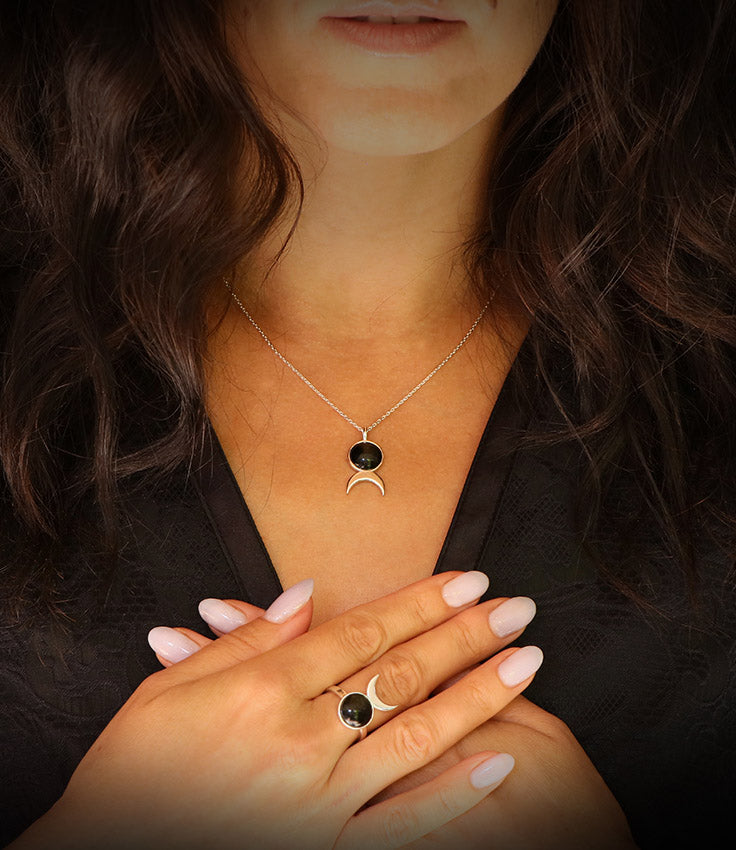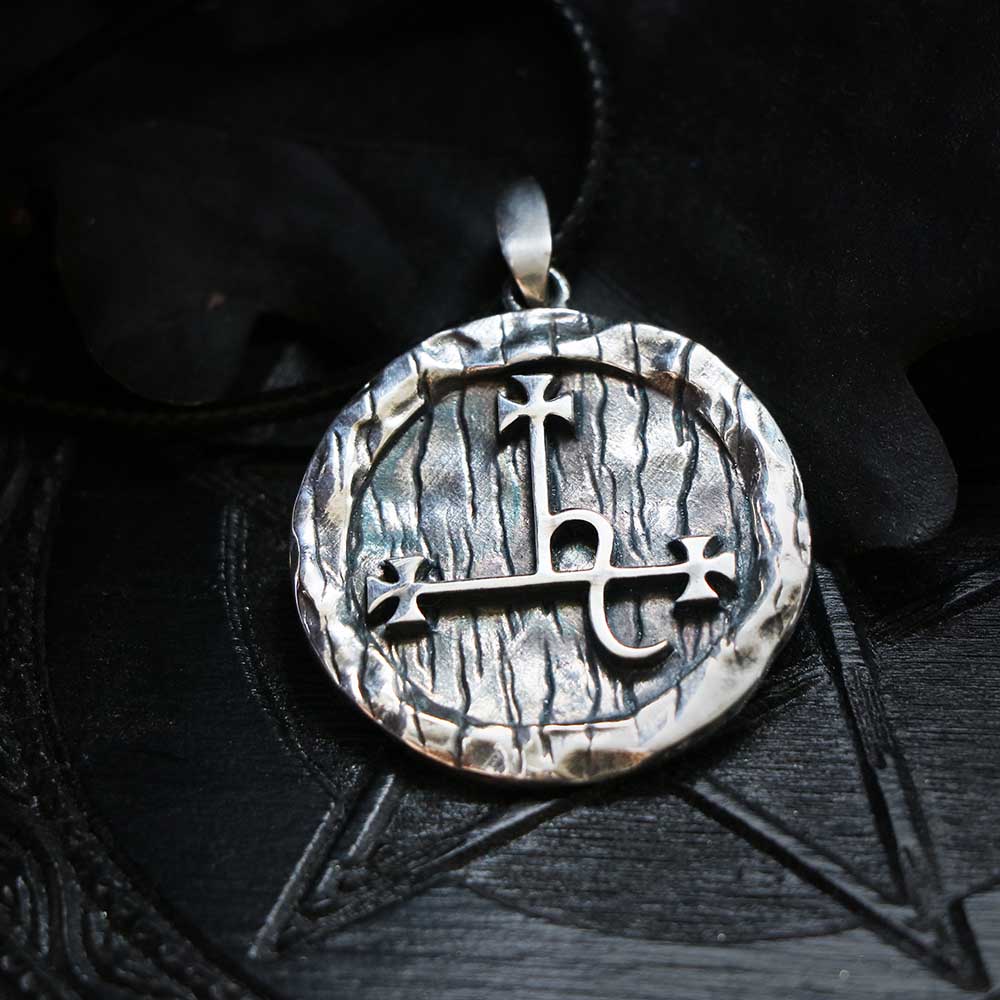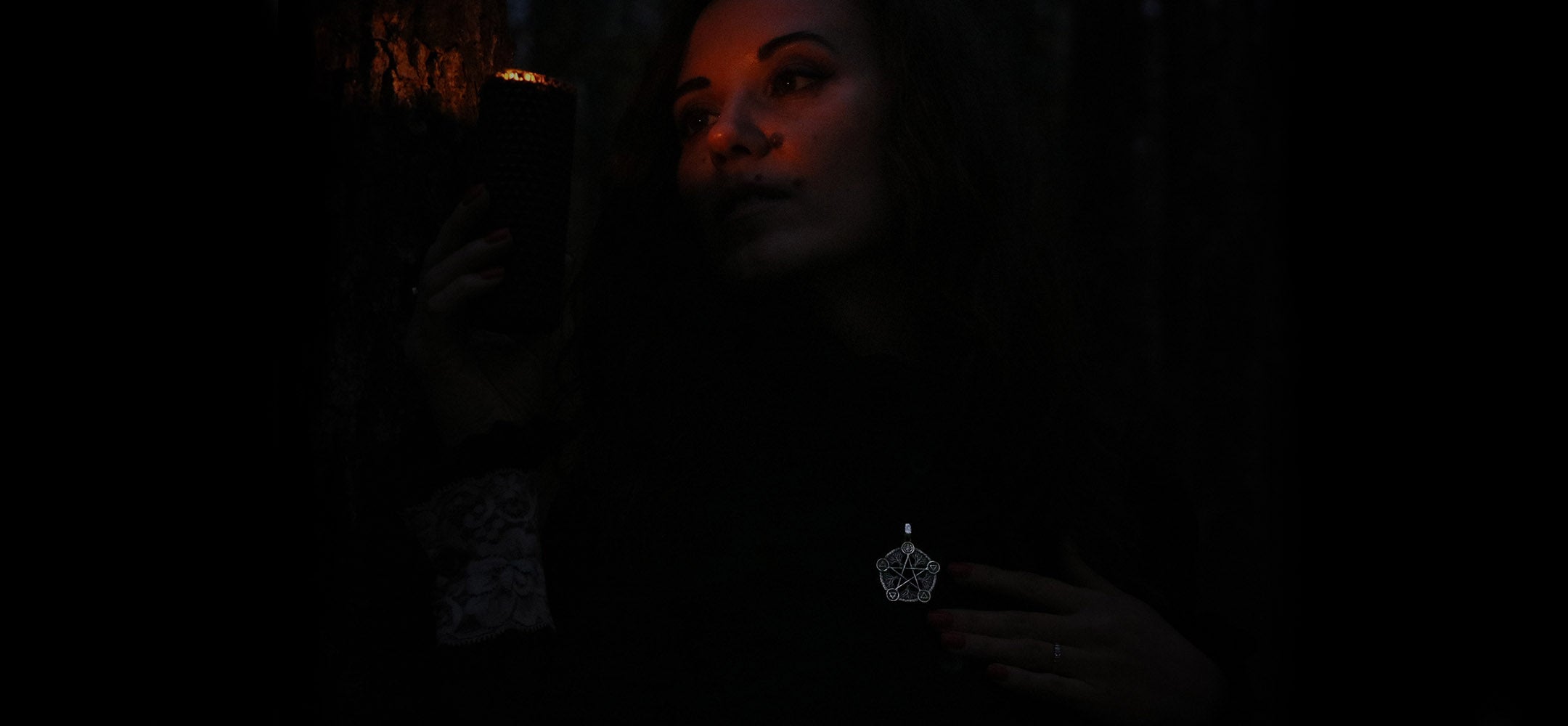Ishtar, also known as Inanna, is an ancient Mesopotamian goddess who holds great significance in the mythology and religious beliefs of the region. As a prominent deity of love, beauty, fertility, and war, Ishtar's worship was widespread and enduring throughout Mesopotamia, with her influence extending beyond its borders.
The holy symbol of Ishtar is a representation of her divine essence and the attributes she embodies. The most commonly associated symbol with Ishtar is the eight-pointed star, which is also known as the Star of Ishtar or the Ishtar Star. This symbol holds profound spiritual meaning and is often depicted on amulets, seals, and other religious artifacts from antiquity.
The eight-pointed star of Ishtar is thought to signify various aspects of the goddess's power and influence. Each point of the star is believed to represent a different element, such as love, fertility, wisdom, war, magic, and more. The star's circular shape may symbolize the eternal nature of Ishtar's presence and her connection to the cycles of life, death, and rebirth, often associated with fertility goddesses.
Additionally, Ishtar is frequently depicted with lions, and sometimes, the holy symbol incorporates these majestic creatures. Lions symbolize her strength, fierceness, and protective nature, enhancing her identity as a warrior goddess.
Throughout history, Ishtar's cult centers, such as the famous temple of Ishtar in the city of Uruk, attracted pilgrims and devotees who sought her blessings and protection. The holy symbol of Ishtar was a potent talisman believed to bring prosperity, fertility, and ward off evil forces. People would wear amulets bearing the Ishtar Star to invoke her divine favor and safeguard their homes and families.
The significance of Ishtar and her holy symbol endured for centuries, and she was often assimilated into other cultures under different names. In ancient times, she was known as Astarte among the Canaanites and as Aphrodite in Greek mythology.
In conclusion, the holy symbol of Ishtar, represented by the eight-pointed star, embodies her multifaceted nature as a powerful goddess of love, fertility, and war. It served as a sacred emblem that held both religious and protective significance for her followers, making her an enduring and revered figure in the ancient world.
Explore our range of products dedicated to the revered goddess Ishtar/Inanna. Discover the divine collection here









3 comments
Milica
She appeared to me many times, so drown l traveled to London British museum. When l viewed her replica l was transfixed, in some way transformed to this day. BLESSINGS.
She appeared to me many times, so drown l traveled to London British museum. When l viewed her replica l was transfixed, in some way transformed to this day. BLESSINGS.
Gor
KatanAkuma, I’m not sure if I understand your question correctly, but if you’re asking “What are the symbols of Ereshkigal?”, here are some of my thoughts:
Ereshkigal, the goddess of the underworld in Mesopotamian mythology, is often symbolized by motifs representing death, the afterlife, and dark forces of the earth. While her specific symbols are less widely documented compared to other deities, several themes are closely associated with her:
The Lion-Headed Scepter: In some depictions, Ereshkigal is shown holding a scepter with a lion’s head, a symbol of power and rulership over the dead. The lion, often seen in Mesopotamian art, represents strength and authority, and for Ereshkigal, it emphasizes her control over the underworld.
The Owl: Owls are sometimes linked to Ereshkigal, as they are often associated with death and the night. In many ancient cultures, owls symbolized wisdom, darkness, and the mysteries of the afterlife, which align with Ereshkigal’s domain.
The Underworld and Gates: Ereshkigal’s connection to the underworld is also symbolized by gates. In the myth of Inanna’s descent, the seven gates of the underworld represent barriers to life, illustrating the inescapable nature of death. The gates and darkness often serve as metaphors for her power.
The Scorpion: In some interpretations, scorpions are linked to Ereshkigal, symbolizing her association with death, danger, and the harsh conditions of the afterlife. Scorpions also symbolize protection and the guarding of thresholds, fitting with Ereshkigal’s role as the ruler of the underworld’s entrance.
If you were asking specifically about Ereshkigal, I’m in the process of writing a short text about this mystical goddess, and it will be posted soon.
Gor
KatanAkuma, I’m not sure if I understand your question correctly, but if you’re asking “What are the symbols of Ereshkigal?”, here are some of my thoughts:
Ereshkigal, the goddess of the underworld in Mesopotamian mythology, is often symbolized by motifs representing death, the afterlife, and dark forces of the earth. While her specific symbols are less widely documented compared to other deities, several themes are closely associated with her:
The Lion-Headed Scepter: In some depictions, Ereshkigal is shown holding a scepter with a lion’s head, a symbol of power and rulership over the dead. The lion, often seen in Mesopotamian art, represents strength and authority, and for Ereshkigal, it emphasizes her control over the underworld.
The Owl: Owls are sometimes linked to Ereshkigal, as they are often associated with death and the night. In many ancient cultures, owls symbolized wisdom, darkness, and the mysteries of the afterlife, which align with Ereshkigal’s domain.
The Underworld and Gates: Ereshkigal’s connection to the underworld is also symbolized by gates. In the myth of Inanna’s descent, the seven gates of the underworld represent barriers to life, illustrating the inescapable nature of death. The gates and darkness often serve as metaphors for her power.
The Scorpion: In some interpretations, scorpions are linked to Ereshkigal, symbolizing her association with death, danger, and the harsh conditions of the afterlife. Scorpions also symbolize protection and the guarding of thresholds, fitting with Ereshkigal’s role as the ruler of the underworld’s entrance.
If you were asking specifically about Ereshkigal, I’m in the process of writing a short text about this mystical goddess, and it will be posted soon.
Gor
KatanAkuma
What of Ereshkigal?
What of Ereshkigal?